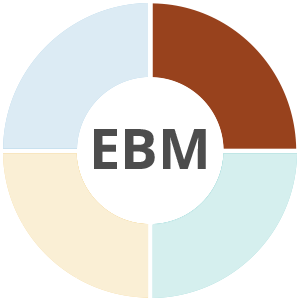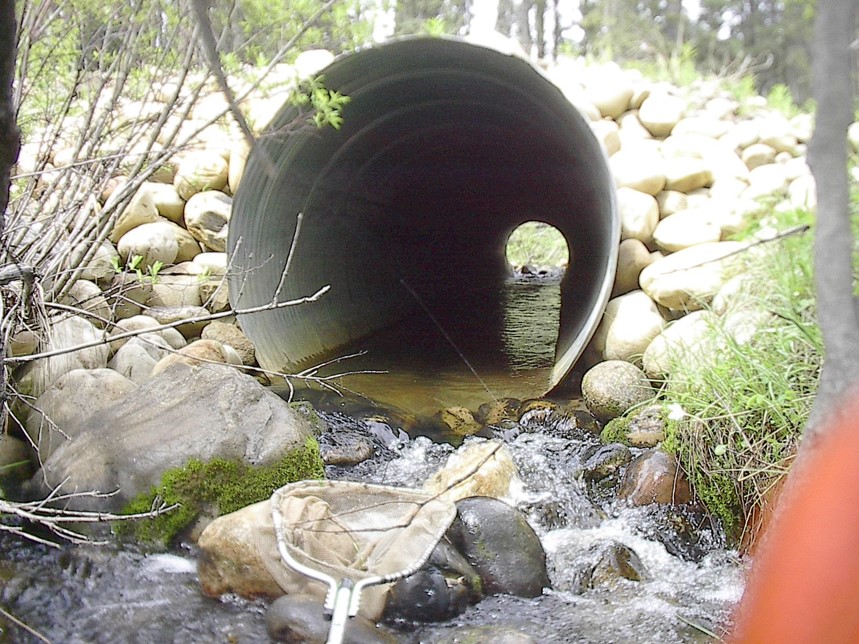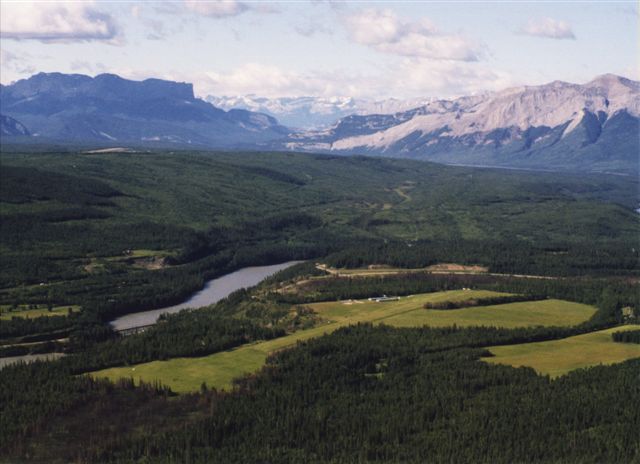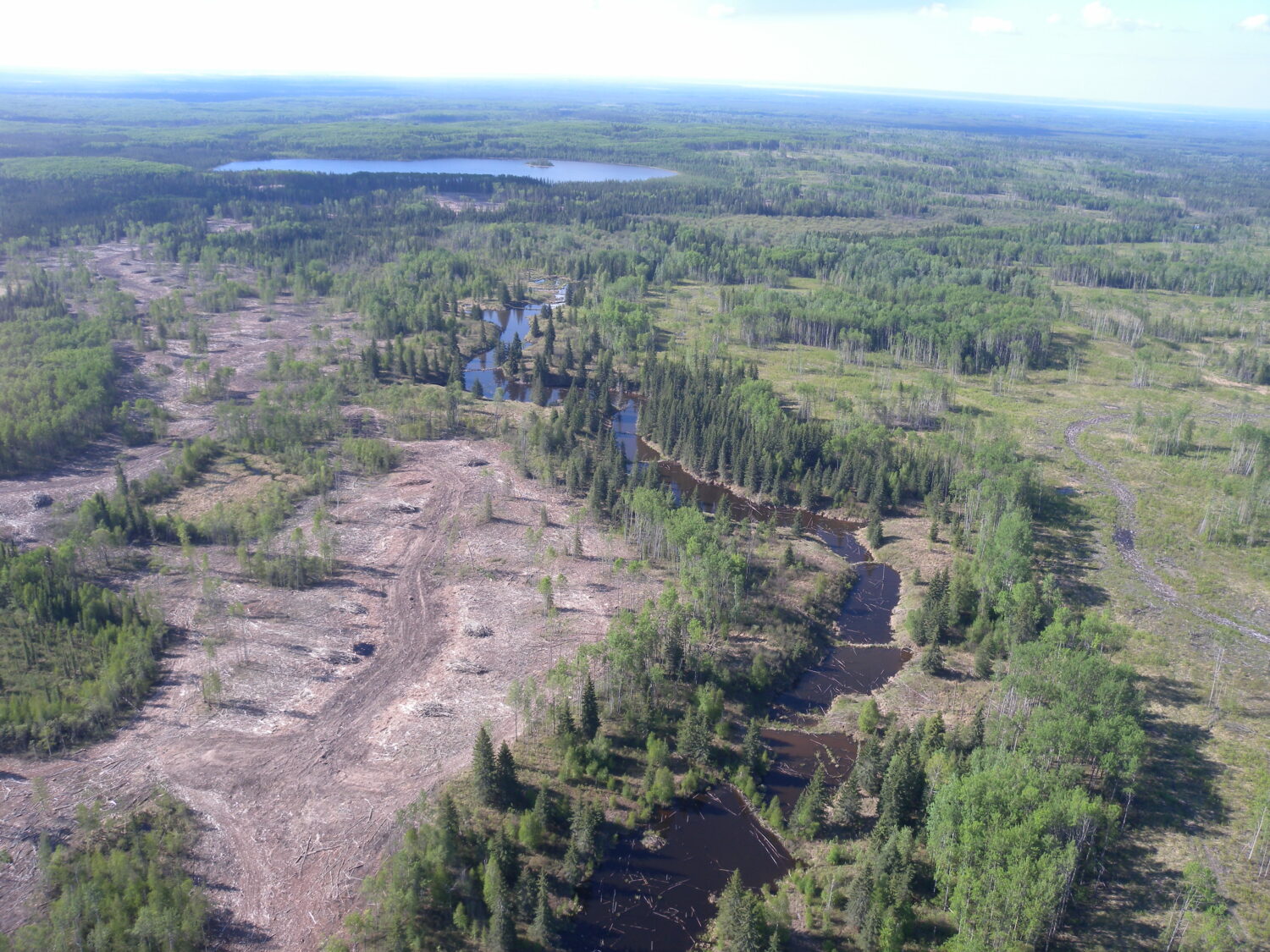Overview
A TROLS BACI project may sound like monster lawn bowling, but it was also an important experiment conducted in the late 1990s to better understand how water is affected by resource development in the Alberta Boreal forest. TROLS stands for the Terrestrial, Riparian, Organisms, Lakes and Streams study and BACI is a way to study impacts by looking at sites before they’ve been developed and then again after the impact. TROLS found that, as important as buffers are, year-to-year changes in weather play a big role in forest hydrology.
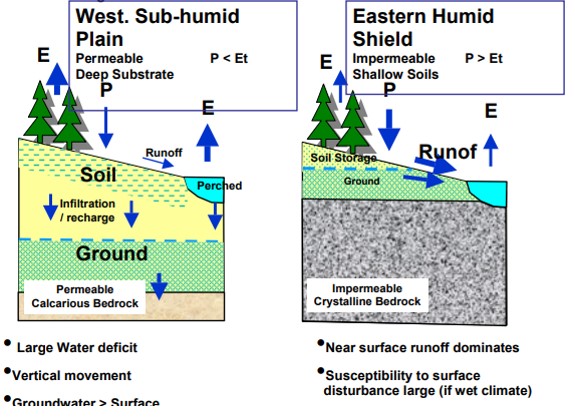
Image credit: Mark Spafford and Kevin Devito, AlPac
Background
One of the most important applications of ecosystem based management that has been broadly implemented in forestry is to establish riparian buffer zones. In many jurisdictions riparian buffers have been imposed without a complete understanding of their impact or potential benefit. The Terrestrial, Riparian, Organisms, Lakes and Streams study (TROLS) was a before and after controlled impact study conducted from 1995 to 1998 to study the effect of riparian buffers on water runoff in harvest blocks.
The primary objectives of TROLS were to determine the effects of forest harvesting and forested buffers on terrestrial and aquatic ecosystems in the mixedwood forest on the Boreal Plain. The program conducted 2 years of before-impact monitoring (1995–96) and 2 years after-impact monitoring (1997–98) on 12 lakes in boreal Alberta. Water quality is measured indirectly by the aquatic invertebrate community and through measures of nutrients such as nitrogen and phosphorus.

photo credit: fRI Research Water Program
Innovation
Although ecosystem management must necessarily focus on the big picture, there must be confidence that all of the myriad small interactions that comprise an ecosystem are functioning effectively. Afterall, the premise of EBM is that human-caused disturbances can replace natural disturbances in form and function. The innovation of the TROLS program was to apply a robust experimental design to a broad ecosystem process. The fine-filter findings of this experiment shows ecosystem managers how whole watersheds might behave when harvesting is used to emulate natural disturbances, such as fire or insect pest outbreaks, around lakes and streams.
Discovery
The effects of harvesting were not related to buffer strip width. But the project did find that even a modest disturbance in the watershed can increase euphotic zone total phosphorus compared to undisturbed lake conditions. In this 2-year post treatment study, lakes with large drainage basins, and thus shorter residence time, had the strongest nutrient response. This was both magnified and extended in the weakly or non-thermally-stratified lakes.
Changes in the nutrients status of the lakes resulted in an immediate change in phytoplankton and associated toxin communities. However, the drop in zooplankton biomass and abundance after harvesting was most pronounced in stratified lakes, where it was related to higher biomass of cyanobacteria and their toxins. The experiment also found stronger positive relationships among nutrients and chlorophyll biomass and macrozooplankton abundance and biomass in stratified lakes. Rotifer responses to environmental factors were stronger in weakly or non-stratified lakes.
The findings of this program predict that in slowly flushed systems, where P cycling from bottom sediments is the norm, responses to harvesting may continue for a decade or more and be positively related to runoff.
Where in the wheel?
The TROLS project found that year-to-year variability in climate had a larger influence on riparian water quality than riparian buffer zones following harvest. This is an interesting finding for the EBM of boreal forests. Although riparian buffers are an innovative conservation measure, they have no natural analogue and no natural range of variation. That the TROLS experiment found that their effect on riparian water quality was undetectable within a four-year range of climate variation. This may suggest that, in water quality management, riparian buffers need not be managed as a fine-filter pattern
